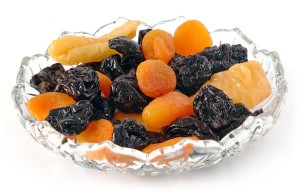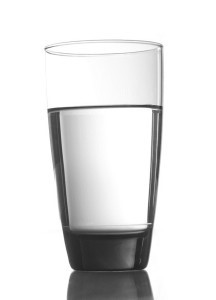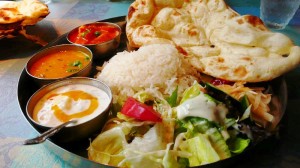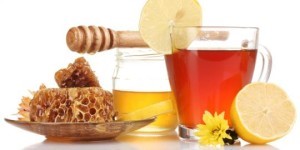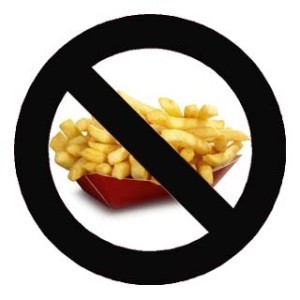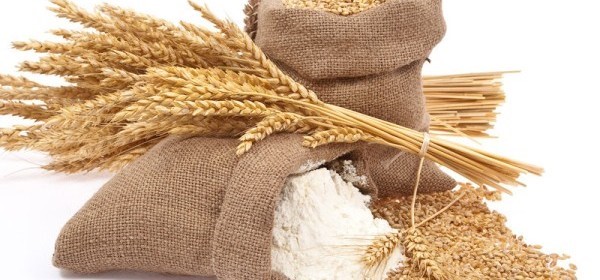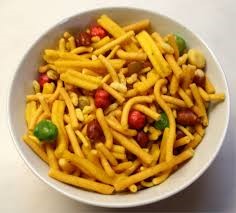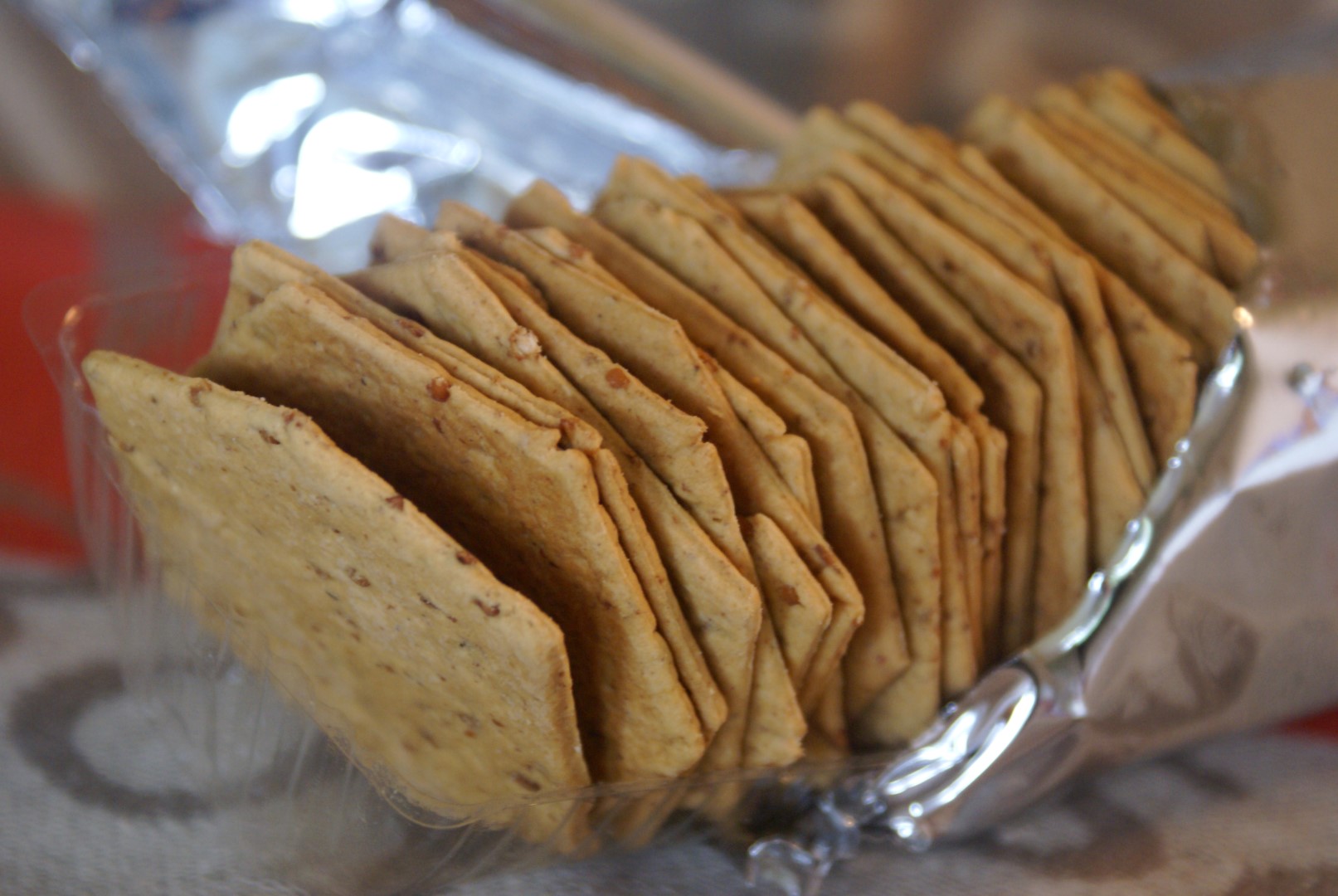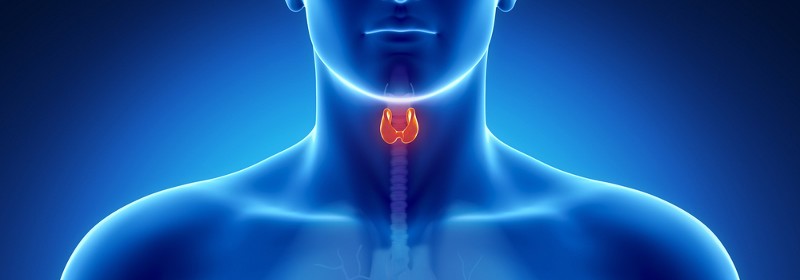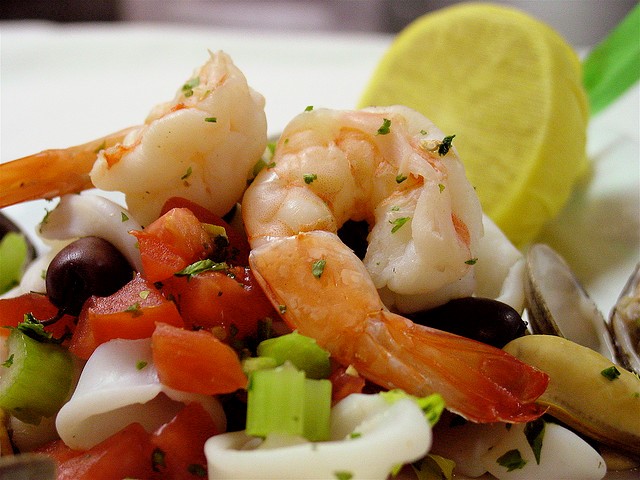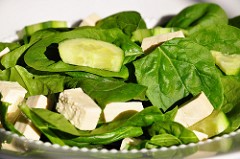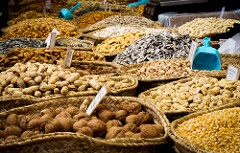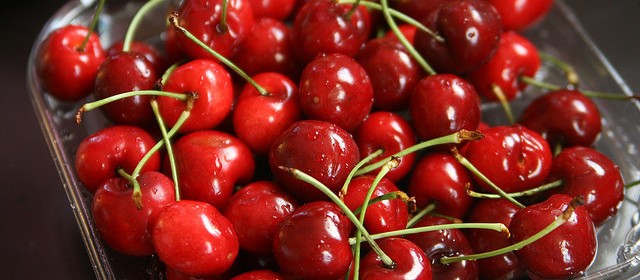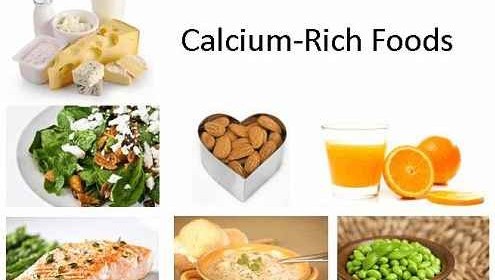Fast right during navrathri
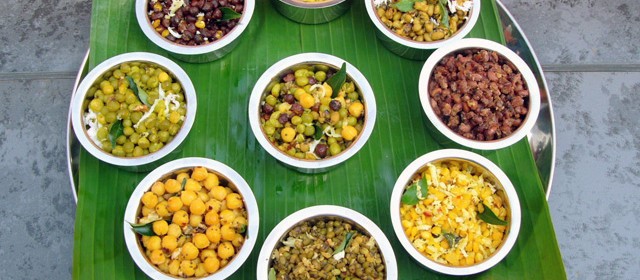
Fasting during a festival can be tiring not just because it is demanding in itself which is a given, but also because festivities need you to be on your toes constantly, doing something or the other to keep up with the celebrations. Navratri is an especially exciting time, as well as nine nights of camaraderie and festive cheer require you to be in top shape! Here are a few things you should keep in mind when it comes to fasting:
1. When you have long gaps between your meals, you are often exposing yourself to acidity, flatulence and digestive issues. This can be dangerous for your body. To avoid the setting in of acidity, your best bet would be to indulge in dry fruits or small fruits that are allowed while fasting. Make sure you eat something light every three hours.
2. Stay hydrated! One of the best ways to keep your body out of trouble when you fast is by keeping yourself well-hydrated with water. Have as much water as is possible. The more the intake of water, the better – and since you are fasting, you should be drinking more water than you would when you’re not fasting.
PC: www.mefoodie.net
3. Plan the singular meal you eat, well. Sometimes, people may choose to eat one strong meal that has enough to keep them going through the time they fast. Make use of vegetables like sweet potatoes and potatoes with main course meals. Some people also add tomatoes, bottle gourds, cucumbers and leafy vegetables such as spinach and lettuce. Do not miss out on them if they are allowed in your fast!
PC: www.homesogood.com
4. Stay energized. When you fast, it is important that you stay away from sweating too much and losing salt from your body. It is bad enough that you’re already deprived of salts from consumption, so you should be doing all that you can to keep your water and salts up.
5. Avoid fried food when you break the fast, since they cause acidity and weight gain in the long term.
References:
http://food.ndtv.com/food-drinks/navratri-fasting-feasting-the-healthy-way-692659 http://food.ndtv.com/food-drinks/navratri-2014-fasting-tips-diet-plan-and-recipes-696133

